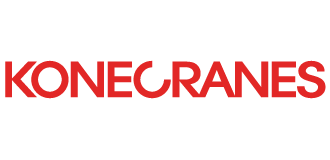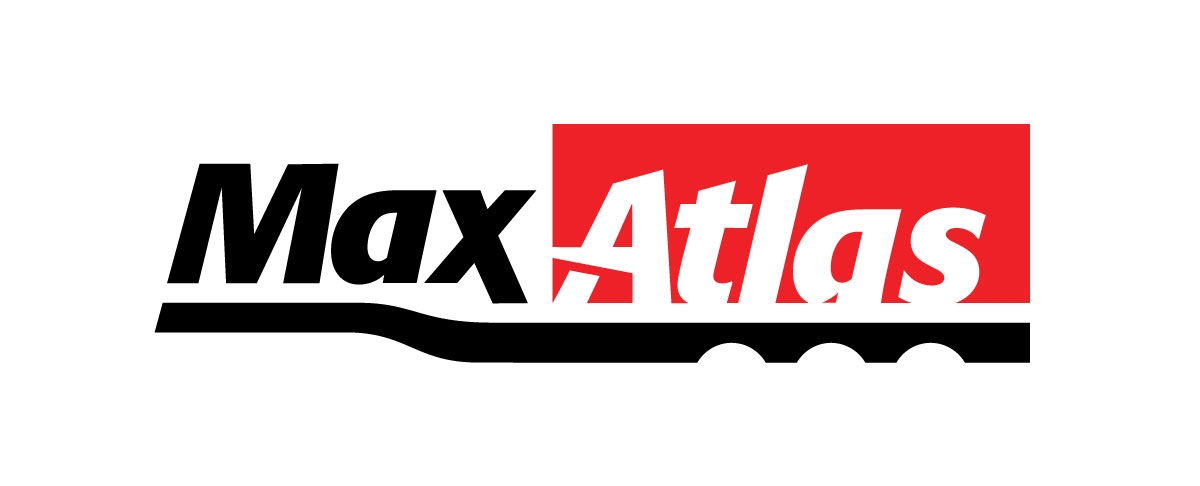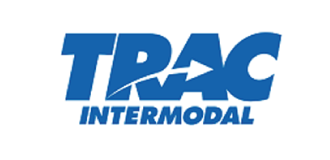Increased costs as a result of the proposed tariffs would be too large for U.S. retailers to absorb and would result in prices higher than many consumers would be willing or able to pay.
(National Retail Federation, November 2024)
If 25 percent duties on all imports from Mexico and Canada are implemented, the U.S. GDP would be approximately $200 billion lower than it would have been without the tariffs throughout the duration of the Trump Administration.
(Peterson Institute for International Economics, January 2025)
If the U.S. imposed 10 percent additional tariffs on imported goods from China, inflation in the U.S. would increase by 20 basis points, assuming China retaliates.
(Peterson Institute for International Economics, January 2025)
If 25 percent tariffs are imposed on Canada and Mexico, transportation equipment and machinery imported by the U.S. would be impacted the most.
(Peterson Institute for International Economics, December 2024)





.png)










































